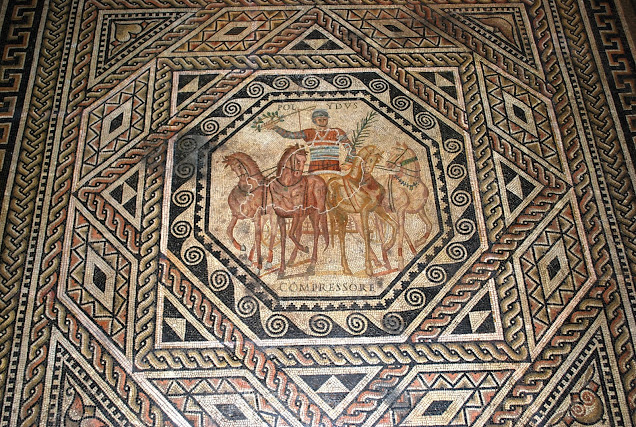Castellum Zugmantel

In the woods near Ortlen in Germany, you can find the remains of a small wooden castle, now called (Castellum) 'Kastell Zugmantel'. It was erected in the years 83 to 86 AD and later enlarged with a garrison of 200 men from Numerus Treverorum. The final expansion of troops came during the reign of Emporer Caracalla (211-217 AD). The fortification was the garrisoned by Cohors II Treverorum. It was the smallest fortification of a Cohors equitata at the Upper German Limes. It was finally abandoned around 260 AD, when the Allemanni tribes overrun the territority. Between the castellum and the Limes are the remains of two small amphitheaters, belonging to the vicus. This vicus is very well examined. A similar site was found at Castellum Dambach in Wales at Tomen-y-Mur and near Kastell Arnsburg in Germany. It is quite odd to post images of the current forest, but without clear references to the two amphithe...





